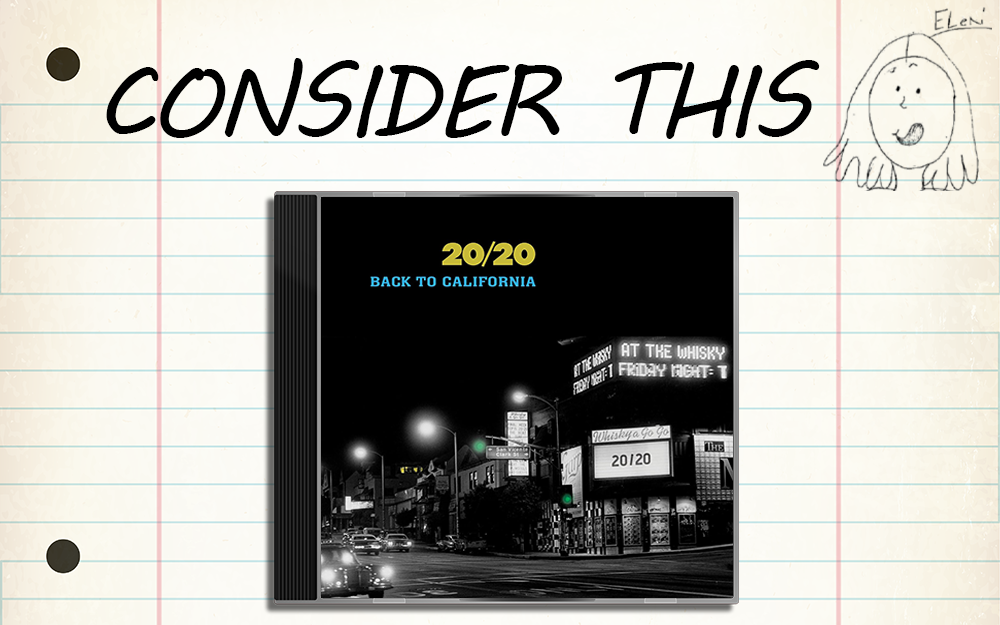
Last week, initial jobless claims fell to the lowest levels since 1973 and the unemployment rate dropped to 5% – a level that used to mean full employment. While this was going on, the stock market got off to a resounding thud by declining 7%.
What does this all mean?
Let’s start with jobless claims. Given that so many of the new jobs created in recent years were low wage retail jobs, it was unlikely that those employers would be laying people off during their busiest time of the year. Still, the average number of new jobless claims is at the lowest levels in seventeen years which seems like a good thing.
The official unemployment rate was 5.0% with the economy adding 292,000 non-farm jobs in December. When Art Cashin of CNBC looked at the jobs number more closely, he found that all but 16,000 of those jobs were for part-time workers who were under 19 or over 55 years of age. That is not a strong indicative of economic health.
It is fair to say that the official unemployment rate is a bad gauge as to the number of unemployed people that we have in the United States. Washington DC in its infinite lack of wisdom has tinkered with the unemployment rate over the years so as to exclude a large chunk of those who are unemployed from unemployment statistics.
As an example, the government changes the percentage of people ‘participating’ in the economy every month. Back in 2006, 66% of all working age Americans were included in employment statistics. As for the other 34%, they did not work ‘by choice’, said government economists. Today, 62.5% of working age Americans are considered in the employment statistics with 37.5% not working ‘by choice’.
For a moment, let’s assume that the same percentage of Americans want to work today as was the case in 2006. Using this approach, the official unemployment rate would be 8.4% and not the 5.0% number being touted. If we include all of the unemployed people who are definitionally excluded from unemployment statistics then that 8.4% unemployment number rises to 13.3%.
Clearly, we are nowhere near full employment was one in eight Americans are out of work.
If all of that is not bad enough, when we look at the wages attached to jobs in 2016 versus ten years ago, a large percentage of Americans are making significantly less money today than they were ten years ago once wages are adjusted for inflation.
Lastly, the stock market had an awful start to the year. Oddly, a large part of this was due to technical issues on the Chinese stock markets and the devaluation of the Chinese Yuan. As the price of the Chinese Yuan is tied to the US Dollar, cheap Chinese stuff became more expensive when as the Dollar increased in value. To fix this, China devalued its currency so that their export prices were closer to those that existed before the US Dollar got stronger.
Why would this impact our stock market?
The devaluation means that you and I can continue to benefit from cheap Chinese stuff which also means that prices on non-Chinese stuff cannot increase as easily meaning that company profit margins cannot expand as easily. Additionally, a somewhat stronger labor market also means that company profit margins might not be growing as quickly as in recent years. Also pressuring some companies is the gradual elimination of historically cheap borrowing rates by the Federal Reserve.
As the American consumer represents two-thirds of all spending in the United States, a less reactionary look at all of this suggests that the US economy is poised for a good year in 2016 as you and I benefit from lower oil and gas prices, cheap Chinese stuff and mortgage rates that remain at relatively low levels.
Haddon Libby is Managing Director of Winslow Drake, an investment management firm, and can be reached at hlibby@winslowdrake.com.











































